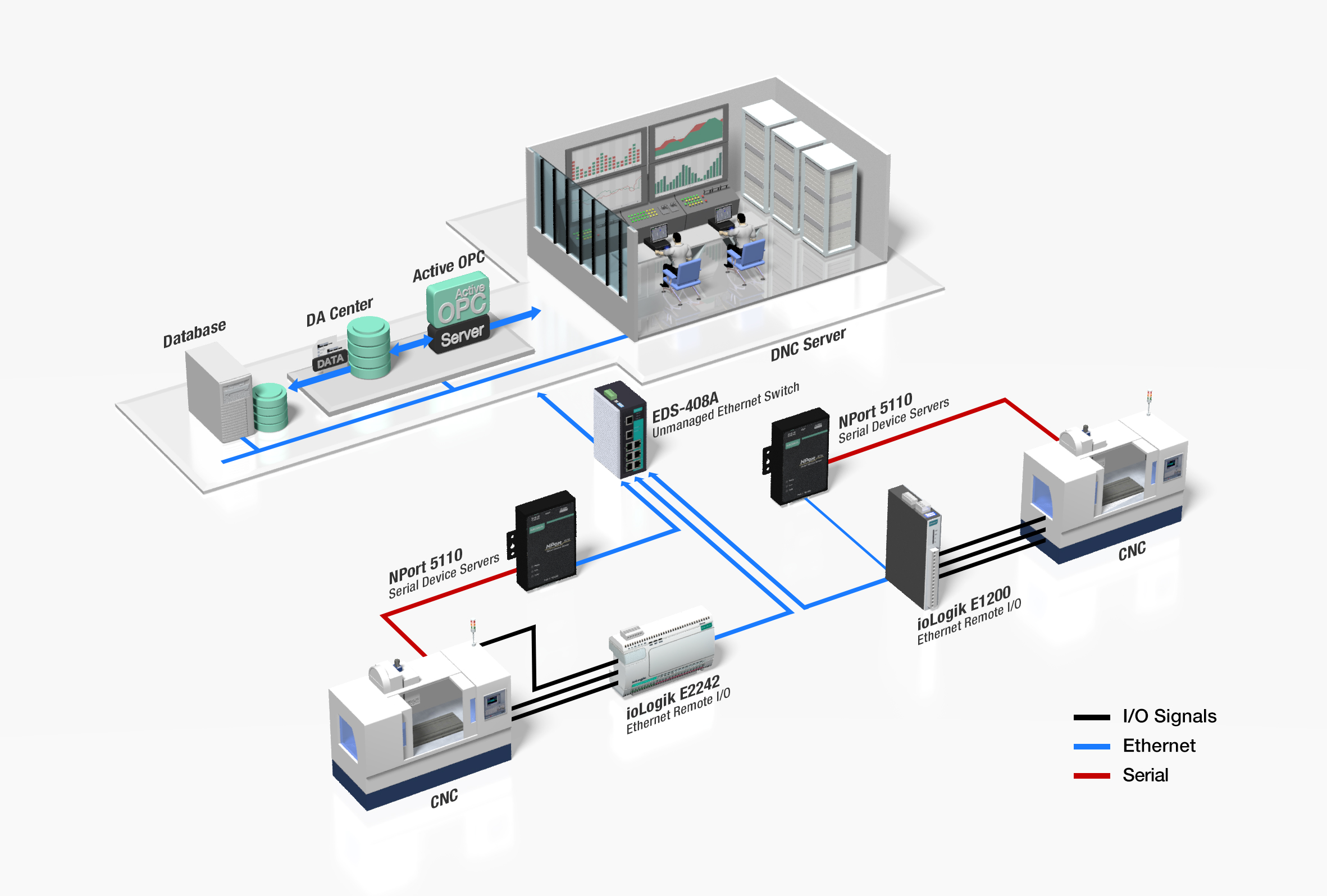

© Dave Johnson/Business InsiderĮvery browser has a cache, which stores files and images. If it is, it'll retrieve the IP address directly from the cache, which saves time. When you try to load a website, the DNS server will first check your cache to see if the IP address is already saved there. But if it did this for every single website, things could get slow - that's why websites you've visited recently are stored in your web browser's cache. If you're visiting a new website, your browser will go through the entire process outlined above. Alyssa Powell/InsiderĪll this happens in a matter of seconds - if your internet is very fast, or you've visited the website recently (see below for more information), it can happen in milliseconds. Your web browser goes through a number of steps to load a website.

Once your web browser receives the right IP address, your webpage starts to load. If the IP address is correct, the authoritative nameserver sends it back to your web browser.ħ. The authoritative nameserver sends a message to the address and waits for a response - if it gets the right response, then it has the right IP address for the website you want.Ħ. The TLD nameserver finds the IP address and hands it off to the authoritative nameserver, which will figure out if that address is correct.ĥ. com nameserver) and asks it to find the right IP address.Ĥ. Once the resolver knows the TLD, it goes to the corresponding TLD nameserver (for example, the.


It does this by asking the root nameserver, which keeps a list of every website in each TLD.ģ. The resolver's first step is to find the website's "Top Level Domain" or "TLD" - in other words, whether it's a. The DNS recursive resolver's goal is to find the IP address connected to the website you entered.Ģ. Because of this, it sends your request to a DNS recursive resolver. Since computers don't speak English, your browser can't read a name like "and instead needs an IP address. You ask your web browser to load a website. To do this, it uses a set of related servers, all of which form the DNS server: When you enter a URL, what you're really doing is asking your computer to find and connect to another IP address. This lets your computer find and load it properly. When you ask your computer to load a website, the DNS server matches the website's name with the right IP address. You can think of the DNS server as a phone book. Ī Domain Name System (DNS) server is a fundamental part of the backbone of the internet - without it, it would be impossible to use a web browser to find websites. Visit Insider's Tech Reference library for more stories.If you're having issues with your default DNS server, you can change it.Without a DNS server, you won't be able to connect to any websites.A DNS server – short for Domain Name System server – converts web addresses into IP addresses.Photographer, Basak Gurbuz Derman/Getty Images © Photographer, Basak Gurbuz Derman/Getty ImagesĪ DNS server helps your web browser connect to websites.


 0 kommentar(er)
0 kommentar(er)
